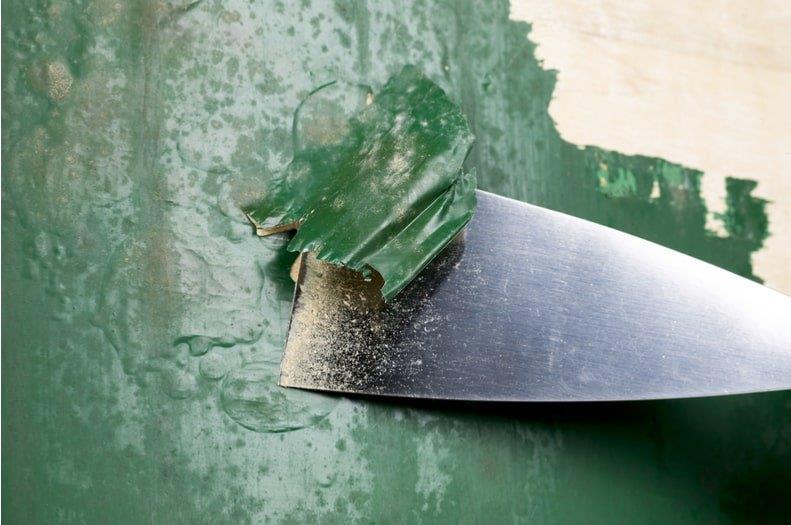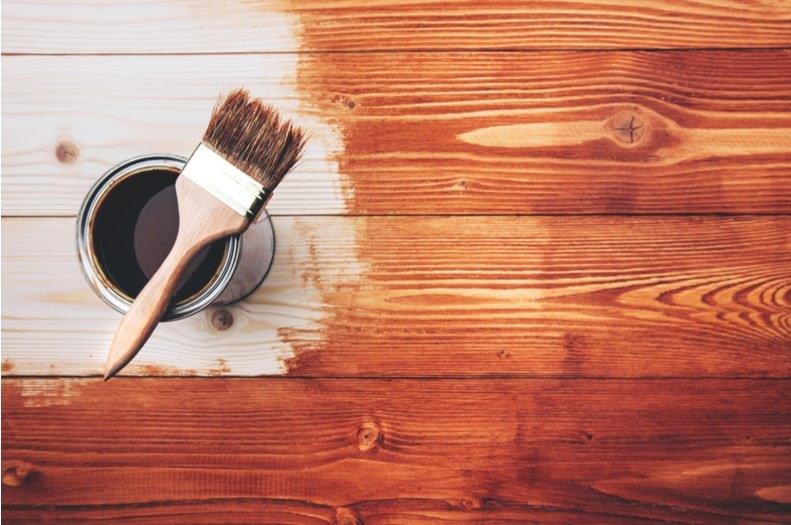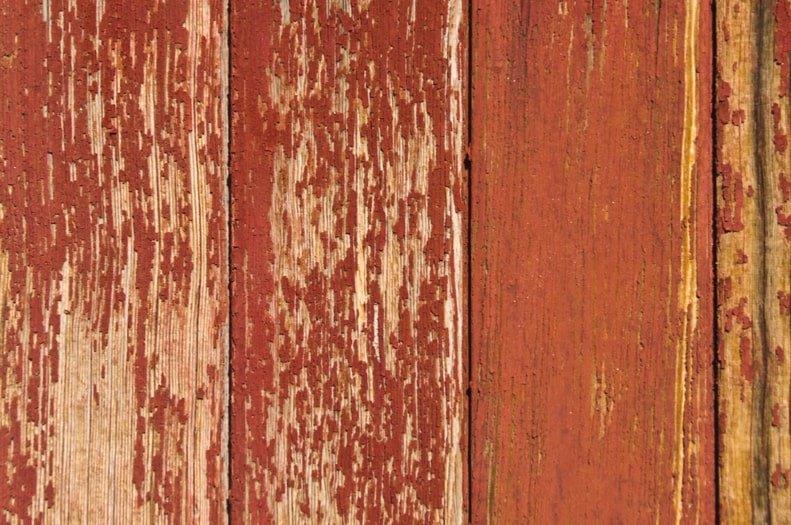When stripping paint, there are many common terms will prove helpful.
Abrasion: This is the act of removing an old surface by rubbing, typically with something like sandpaper or steel wool.
Bleeding: This occurs when the undercoat stains and is visible through the topcoat.
Build: Refers to the thickness of paint film.
Catalyst: This will speed up a chemical reaction; usually used when mixing substances.
Checking: This is the type of failure that occurs when the paint surface has many small cracks.
Coating: The decorative layer used to finish a piece of furniture.
Coverage: The area (often per gallon) that paint will completely cover the underlying surface.
Cracking: When the paint breaks and the surface beneath is exposed by lines and small gaps.
Crawling: When varnish forms in small beads on a surface due to poor adhesion.
Durability: This is a paint’s ability to weather elements that would remove it like the weather or abrasion.
Emulsion Paint: This is paint that uses an emulsifier to suspend the particles in either oil or water.
Enamel: A wide category of paints that dry with a hard finish.
Epoxy: A finish that adheres very strongly to a surface and as a result, it is very resistant to abrasion and chemical removal.
Erosion: The wear caused by continuous exposure to the weather.
Fading: When colour is lost over time due to exposure to light, weather or heat.
Finish Coat: The final coat of paint applied to finish the surface.
Flaking: When small fragments of dry paint detach from the underlying surface. Usually accompanied by cracking or blistering.
Galvanised: A zinc coating applied to iron or steel in order to prevent rust.
Hardness: This is the ability of paint to resist damage from a dent, scratch or marring.
Lacquer: A coating made from a fast-drying clear pigment that functions through solvent evaporation.
Marine varnish: a varnish that has been developed for immersion in water or exposure to a wet atmosphere.
Masking: To cover an area not intended to be painted with material like masking tape.
Metallics: Types of paint that have metal flakes included in the mixture.
Paint Remover: A chemical that causes paint or varnish to become soft so that it can be scraped away.
Pot Life: The time after mixing during which a two-part paint can be applied.
Primer: Also known as the ‘undercoat’, helps attach the topcoat to what is underneath.
Removers: Mixtures and substances that can be used to soften old paint or varnish so that it can be removed.
Sealer: A think coat of a substance that is applied in order to prevent paint from bleeding through to later layers.
Strip: To remove an old finish with a remover.
Turpentine: A colourless liquid that is used to thin oil-based paints and varnishes.
Weathering: The effects and damage exposure to weather has on paint.






